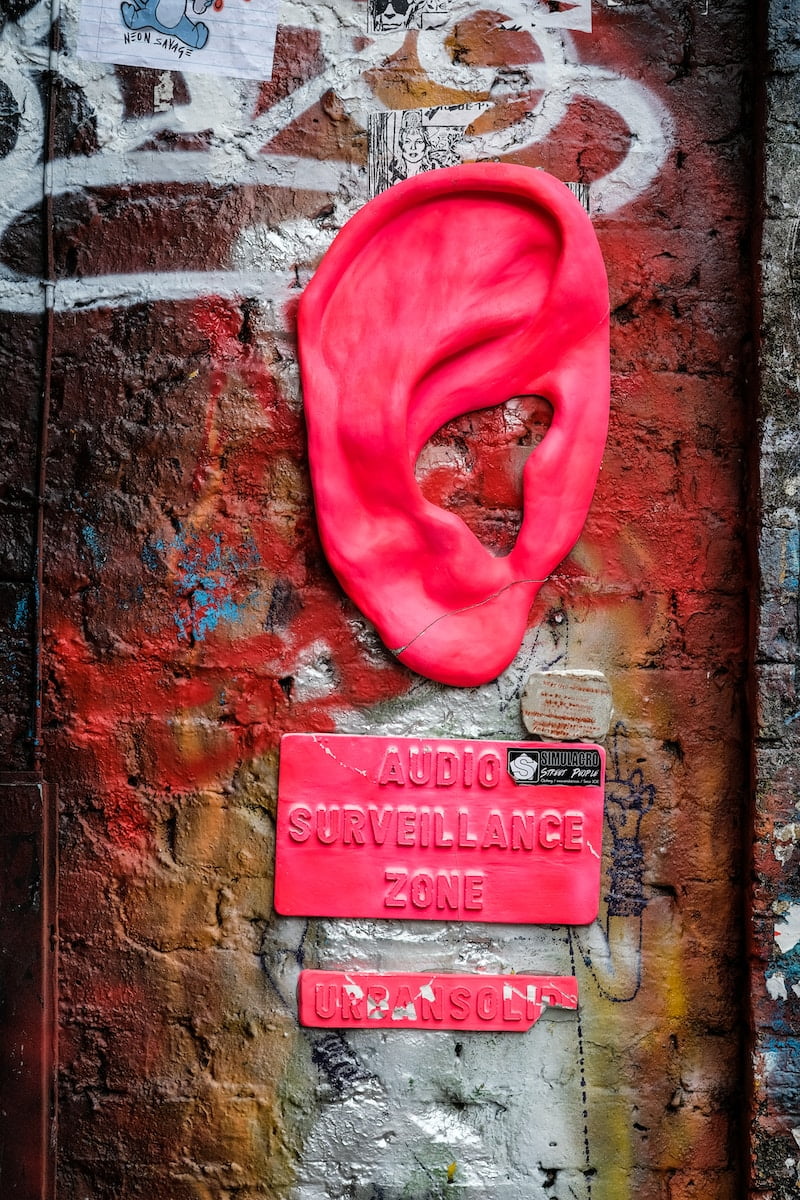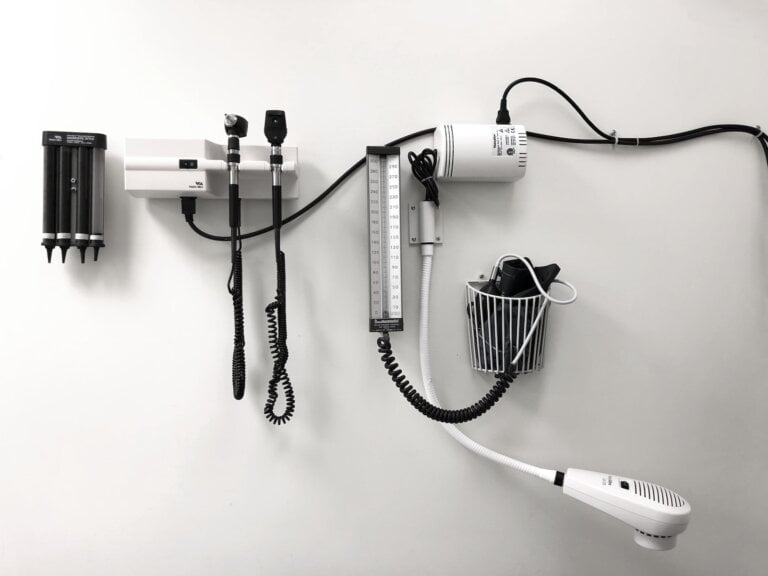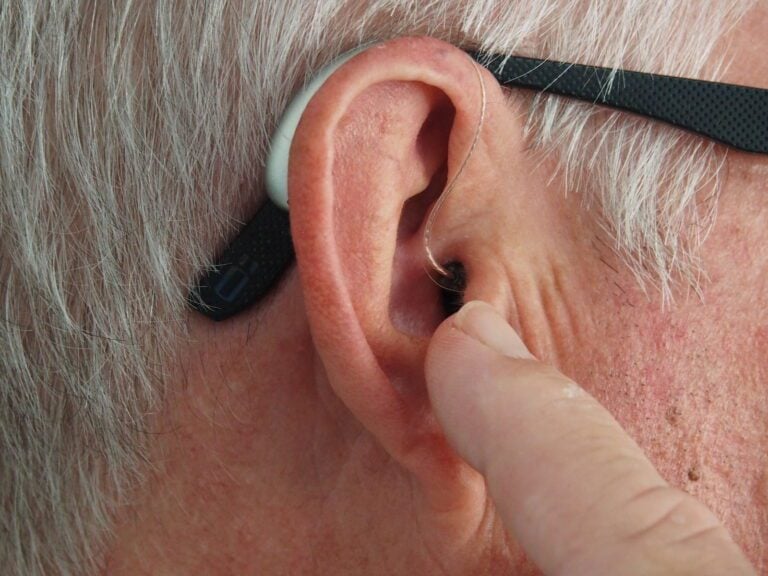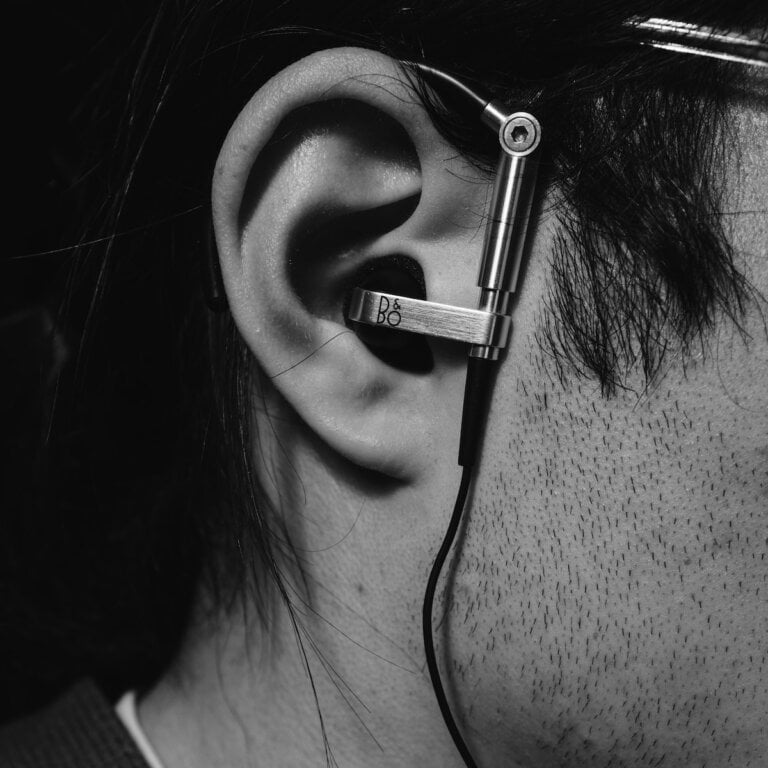Stories of Hearing Improvement After Manual Instrument Ear Wax Removal
Earwax, also known as cerumen, is a natural substance produced by our bodies to protect the ear canal. However, an excessive buildup of earwax can lead to a range of problems, including hearing loss. While there are various methods to remove earwax, one effective approach is manual instrument ear wax removal. In this article, we will explore stories of individuals who have experienced significant hearing improvement after undergoing this procedure.
Understanding Manual Instrument Ear Wax Removal
Manual instrument ear wax removal involves the use of specialized tools, such as curettes or forceps, to gently extract accumulated earwax from the ear canal. This technique, performed by trained professionals, is considered safe and effective for most individuals. Unlike other methods like ear candling or earwax softening drops, manual instrument ear wax removal offers immediate relief and restores hearing abilities promptly.
Manual instrument ear wax removal is a precise and targeted method of removing earwax. Trained professionals use specialized tools to carefully extract the accumulated wax from the ear canal. This technique ensures maximum clearance and enhanced hearing capabilities by directly addressing the root cause of hearing loss.
Unlike alternative methods like ear candling or earwax softening drops, manual instrument ear wax removal provides immediate results. The relief is instantaneous, allowing individuals to experience restored hearing abilities without delay. This is especially beneficial for those who have been struggling with hearing loss for an extended period and are eager to regain their auditory capabilities.
Real-life Experiences of Hearing Improvement
Case Study 1: Jane’s Remarkable Recovery
Jane, a 45-year-old woman, had been experiencing gradual hearing loss in her right ear for several months. She noticed a feeling of fullness and occasional ringing in her ear, which significantly impacted her daily life. After consulting an audiologist, Jane decided to undergo manual instrument ear wax removal. The procedure was quick and painless, and she experienced immediate relief.
Jane’s experience with manual instrument ear wax removal is a testament to its effectiveness. The procedure successfully addressed the underlying cause of her hearing loss, allowing her to regain significant auditory function. The feeling of fullness and the ringing sensations subsided, greatly improving Jane’s quality of life. She now enthusiastically recommends this method to others who are facing similar issues.
Case Study 2: John’s Journey to Clear Hearing
John, a 62-year-old retiree, had been struggling with hearing loss in both ears for years. He had tried various over-the-counter remedies without success. Frustrated with his deteriorating hearing, John finally sought help from an ear specialist who recommended manual instrument ear wax removal. During the procedure, a significant amount of impacted earwax was gently removed.
John’s case highlights the transformative effect of manual instrument ear wax removal on his hearing. The procedure successfully removed the accumulated earwax, resulting in a dramatic improvement in John’s auditory abilities. He was amazed at the clarity of sounds he had been missing for so long. This straightforward and effective treatment significantly enhanced his quality of life and restored his ability to engage fully in conversations and enjoy various activities.
The Benefits of Manual Instrument Ear Wax Removal
Manual instrument ear wax removal offers several advantages over other methods:
-
Immediate Results: Unlike alternative approaches, such as earwax softening drops, manual instrument ear wax removal provides immediate relief and restores hearing abilities promptly. This allows individuals to experience the benefits of improved hearing without delay, enhancing their overall well-being and quality of life.
-
Safety: When performed by trained professionals, manual instrument ear wax removal is a safe procedure that minimizes the risk of injury to the ear canal or eardrum. The specialized tools used in this technique are designed to ensure precision and minimize any potential harm.
-
Efficiency: This method allows for precise removal of impacted earwax, ensuring maximum clearance and enhanced hearing capabilities. Unlike other methods that may only provide temporary relief or fail to address the root cause of hearing loss, manual instrument ear wax removal directly targets the accumulated wax, resulting in long-lasting improvement.
-
Customization: Manual instrument ear wax removal can be tailored to each individual’s unique needs, taking into account factors like the severity of the blockage and the ear’s sensitivity. Trained professionals can adjust their techniques and tools accordingly, ensuring a personalized and effective treatment.
-
Non-Invasive: Unlike more invasive procedures like ear syringing, manual instrument ear wax removal is a non-invasive technique that does not require the use of water or other substances. This makes it a comfortable and well-tolerated procedure for most individuals, minimizing any potential discomfort or complications.
Manual instrument ear wax removal stands out as a highly beneficial method for addressing hearing loss caused by excessive earwax buildup. Its immediate results, safety, efficiency, customization, and non-invasiveness make it a preferred choice for many individuals seeking relief from their hearing difficulties.
Important Considerations Before Seeking Manual Instrument Ear Wax Removal
Before opting for manual instrument ear wax removal, certain factors should be taken into consideration:
-
Consultation: It is crucial to consult with a qualified audiologist or ear specialist to determine the suitability of manual instrument ear wax removal for one’s specific condition. An experienced professional can assess the severity of the earwax buildup, evaluate any underlying issues, and recommend the most appropriate course of action.
-
Medical History: Individuals with a history of eardrum perforation, ear infections, or ear surgery should inform the healthcare professional beforehand, as manual instrument ear wax removal may not be recommended in such cases. The professional will consider these factors to ensure the procedure’s safety and effectiveness for each individual.
-
Professional Expertise: Ensure that the procedure is performed by an experienced professional who has received proper training in manual instrument ear wax removal to minimize any potential risks. Trained specialists possess the necessary skills and knowledge to perform the procedure accurately and safely, reducing the likelihood of complications.
-
Post-Procedure Care: Following the procedure, it is important to follow any post-care instructions provided by the healthcare professional to prevent further wax accumulation and maintain optimal ear health. These instructions may include recommendations for ear hygiene practices and any necessary follow-up appointments to monitor the progress.
Conclusion
Stories of hearing improvement after manual instrument ear wax removal are abundant, showcasing the effectiveness and benefits of this procedure in restoring hearing abilities. The experiences of individuals like Jane and John highlight the immediate relief and clarity of sound achieved through this non-invasive technique. However, it is crucial to consult with a qualified healthcare professional before undergoing manual instrument ear wax removal to ensure its suitability and safety for individual cases. By considering the personal stories shared in this article and the benefits mentioned, individuals can make an informed decision regarding their own ear health and hearing improvement.
FAQ
1. What is manual instrument ear wax removal?
Manual instrument ear wax removal is a safe and effective procedure that involves the use of specialized tools to gently extract accumulated earwax from the ear canal. It offers immediate relief and restores hearing abilities promptly.
2. How does manual instrument ear wax removal differ from other methods?
Unlike alternative methods like ear candling or earwax softening drops, manual instrument ear wax removal provides immediate and long-lasting results. It directly addresses the root cause of hearing loss by carefully removing the accumulated wax from the ear canal.
3. What are the benefits of manual instrument ear wax removal?
Manual instrument ear wax removal offers several advantages, including immediate results, safety, efficiency, customization, and non-invasiveness. It provides immediate relief, ensures precision removal of earwax, and can be tailored to each individual’s unique needs.
4. What should I consider before seeking manual instrument ear wax removal?
Before opting for manual instrument ear wax removal, it is important to consult with a qualified audiologist or ear specialist to determine its suitability for your specific condition. Factors such as medical history and professional expertise should also be taken into consideration. Additionally, following post-procedure care instructions is crucial for optimal ear health.







